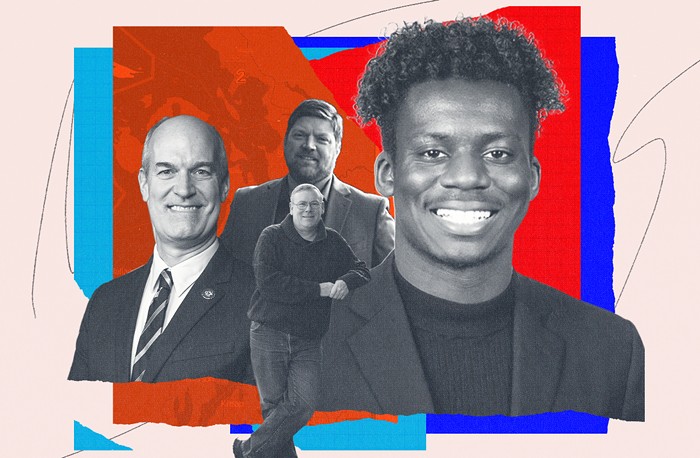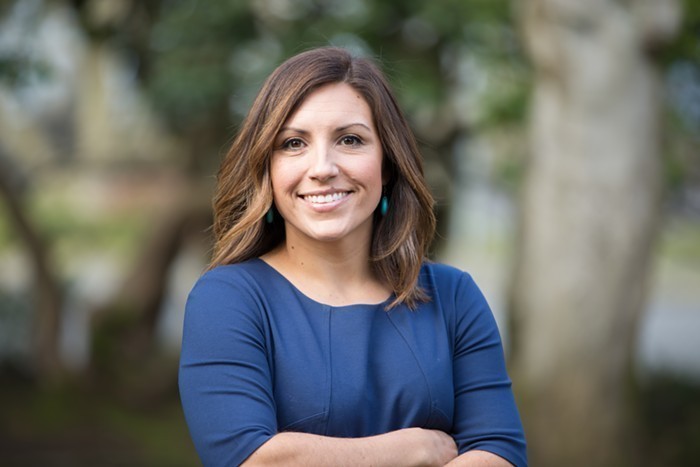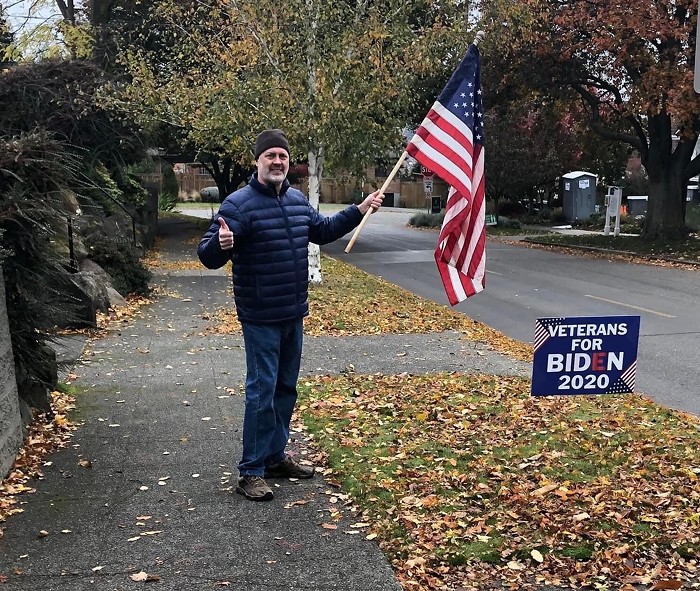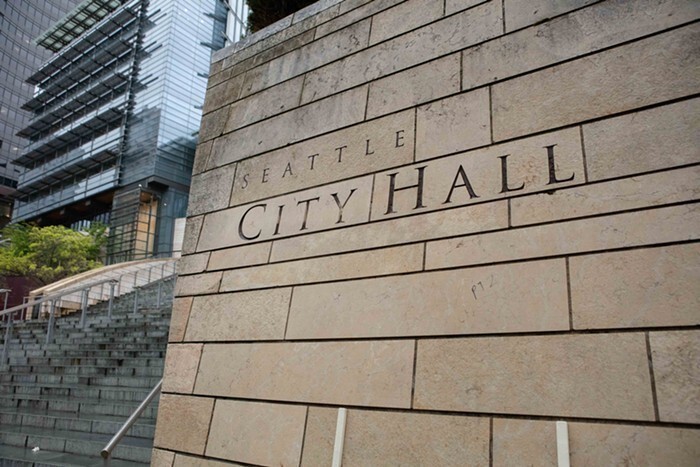![Leonard King spoke in favor of safe consumption sites on Friday. Without a sense of loving and belonging, [drug users] will not know who cares for them, King said. Without that, they have no self esteem to actually self-actualize who they are as people. Leonard King spoke in favor of safe consumption sites on Friday. Without a sense of loving and belonging, [drug users] will not know who cares for them, King said. Without that, they have no self esteem to actually self-actualize who they are as people.](https://media2.fdncms.com/stranger/imager/u/original/24007176/1461606847-img_3583.jpg)
Momentum is building in Seattle for a safe injection site where heroin users could shoot up while under supervision to help prevent overdose. Users would also have access to information about treatment at the site. This must happen.
But advocates say a site open only to injection drug users isn't enough. Instead, they're pushing for a safe consumption space, meaning users could also smoke drugs like crack cocaine.
On Friday, VOCAL Washington, one of the groups advocating for safe drug use sites in Seattle, tied orange ribbons in City Hall Park to commemorate the people incarcerated during the War on Drugs, a group that is disproportionately nonwhite. Their point: Heroin overdose deaths—which are now affecting white people and driving the urgency for safe injection sites—are not the only negative effects of driving drug use into unsafe places.
"There are many people who have lost someone to overdose deaths but there are many other people who have lost someone to the criminal justice system and have lost a parent or a child to incarceration," Patricia Sully, an attorney with the Public Defender Association, which is working with VOCAL to push for the sites. "And that more frequently is going to occur through smoked drug use because we've seen disproportionate enforcement for crack cocaine, which is a drug that is predominantly smoked."
Making consumption spaces open to users who smoke drugs could also help injection drug users transition to smoking, which is safer than injecting. Shifting to smoking can sometimes be a sort of middle ground on the way to quitting use altogether, Sully said.
"We really want a space where [a user can say], 'OK. I'm ready to make that transition. I don't want to inject anymore. I'm not ready to quit, but I'd like to switch to smoking instead,'" Sully said. "Having the answer be, 'OK. Great. There's the back alley for that' doesn't make a lot of sense. We want to be able to keep them in that continuum of care as they progress to a healthier state."
While North America's only public safe drug use site, Vancouver's Insite, is injection-only, several European countries have opened sites that allow smoking. In other words, "we don't actually have to create the wheel ourselves," Sully said.
If advocates and lawmakers "make death the only marker here," Sully added, "we're really going to miss out on a lot. What's important is life and the quality of life that people are able to live—not just preventing death, but helping folks have the fullest life possible. To do that we need to be able to support a broader base of people."
The decision now is in the hands of city and county government. In recent weeks, several public officials have said they're supportive of safe spaces for drug users, but they haven't yet confronted the question about which drug users they support.


















